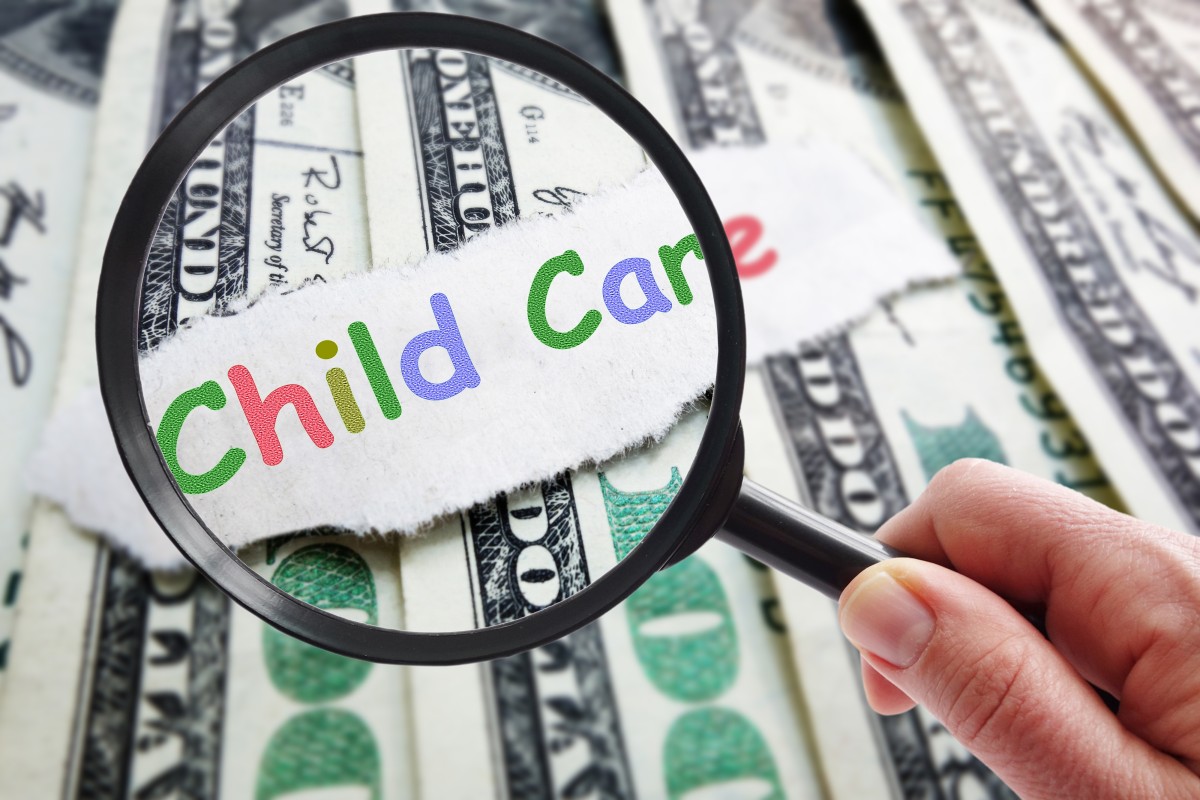As mothers look to return to working on site as the pandemic eases, the cost of child care is emerging as a major barrier for many.
During the pandemic many mothers with young children were able to continue working by doing so from home. Now should they need to return to the office or other work site and they have no relatives who can care for their children during the work day, they will be forced to place their children in child care. The costs of doing so, however, are too high for many mothers.
Families with high disposable income are paying staggering amounts for daily child care, says Dr. Lori Esposito Murray, president of the Committee for Economic Development, the pubic policy center of The Conference Board.
For the average working family, however, the cost of child care is simply unaffordable when other household costs are taken into account, such as food, rent or mortgage, and other expenses that relate to bringing up a family, she explains. Yet, says Murray, the nation’s recovery and economic growth depend on mothers being able to afford child care.
In a number of cases access to child care provided by an employer, charitable organizations, or with the help of state and federal subsidies makes it possible for mothers with average income to return to the workplace, Murray adds. Such assistance might, however, be unavailable or inadequate for many mothers.
Major obstacle
Murray’s comments come in the wake of a new report by the New York-based Committee for Economic Development which notes that a major reason for child care, whether paid or unpaid, is to help a parent to take part in the workforce. High costs of child care, however, continue to be a major obstacle to people being able to use such care.
In many cases state and federal subsidies help to determine the cost of child care, the report points out. Such subsidies are not available to all mothers, however. Among the funding is that from the Child Care and Development Fund, the Temporary Assistance for Needy Families program, and the federal Child and Dependent Care. These tax credits total about $19.3 billion, which is equal to 37% of total child care costs reported in 2019, the report notes.
The number of subsidies and offsets that are provided for each child varies widely from state to state, however. Households in Tennessee received an average of $149 whereas those in the District of Columbia received $828, according to the report.
Lower during pandemic
When the pandemic began in 2020, the number of children in child care dropped by almost 20%. In 2019 12.3 million children were reported to be in paid child care. That figure fell to 10 million when the pandemic hit, the report notes.
The number of children under five years of age who were in child care fell from 5.7 million in 2019 to 4.7 million in 2020. At the same time the number of school-age children who were in paid child care fell from 6.5 million to 5.2 million.
Higher earners
The more that parents earn, the more likely they are to place their children in child care. When a family earns an additional $10,000 a year there is a 7% increase in the use of child care.
States with lower household incomes of about $45,000 per person have about 17% of children in paid child care. In those states with average household incomes per person of $55,000 the rate increases to 22% of children who are in paid care.
Report’s other findings
Here’s a look at some of the other findings in the Committee for Economic Development’s report.
• Child care expenses reached a record high of $7,602 a year, or almost $650 a month in 2019. During the pandemic, in 2020, those costs fell by 7.2% to $7,058 a year, or a little under $600 a month.
• For all U.S. households who reported having children in paid child care costs averaged 5.2% of their household income between 2009 and 2020. When measured per child, costs were at an average of 3.5% of household income over that time.
• Those households who have children in paid care reported an average annual income of $149,926 in 2020. That income figure was $39,049 higher than the income of those families who had children but none of them was in child care.
• For those families with children who are under five years of age, the average annual income for those families who used paid care was $51,193 more than the average income of $96,037 for those families with children under five years of age who did not place their children in paid care.
The full report by the Committee for Economic Development can be read here.






